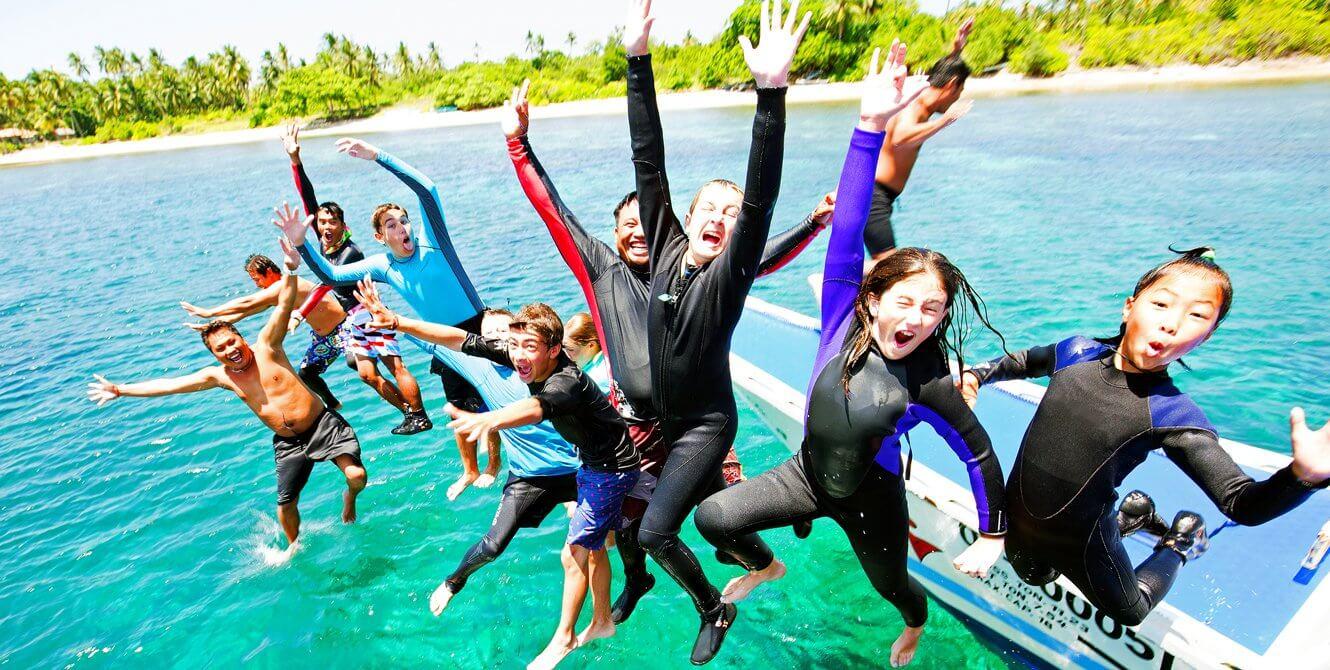What is the difference between BPI and Air2 on a BCD?
How do I know which BCD is right for me? Going hoseless or full-on regulator systems, what’s the difference? The BPI is best for divers that have a regulator with a first stage, the second stage (primary), and the octopus. The octopus is a backup to handoff, in cases, the kids or your buddy run out or are low on air. I recommend this setup for parents diving with kids, or a Buddy you know is not efficient with air consumption when diving. I also recommend this BCD setup if you are a rescue diver or if you’re a PADI dive pro. For two reasons really, because it should have a bright yellow hose, easily recognizable to someone needing it or in a bit of panic more noticeable so they do not have to search too hard or accidentally grab your primary.
Also, the octopus is a longer hose, so you do not have that person you’re helping on top of you. The Air2 is great for recreational divers that have no one else to worry about and feel the likely hood of having to use it is nil. I say this because Air2 is a substitute in the event of an out-of-air situation for your primary. So with an Air2. You do not have to have an additional long cumbersome hose (octopus) on your scuba gear. You can be more streamlined and enjoy the first and second stages only on your reg. The Air2 is a regulator attached to the very short hose that has to be bent and curved up into your mouth for you to use and your primary would then be handed off to the person in need. It’s heavier and not as comfortable in your mouth in the event of needing to assist someone.

The Air2 I feel is best for streamlined ease of diving and can be complemented with the addition of an air integrated computer system such as the ScubaPro G2 quick release, G2, or Aladin wrist computers that include a small transmitter that attaches to your first stage, eliminating the need for hoses, depth, and air gauges and even include a digital compass. So you are then practically hoseless, lightweight, and streamlined.
I do use the hoseless setup when Tom and I have the rare opportunity to go dive and not be responsible for anyone but each other. It’s very freeing. Having said that, being the avid diver that I am, I have a tendency to be on the more cautious side, even with that setup, I have a redundant air gauge attached. Tom and I have both experienced interference with the signal on the transmitter for short moments on our dives. Someone’s strobes can cause it, some cameras with wifi can cause it like the SeaLife cameras and Ikelite video lights.
Also getting close to other divers with similar devices. I will say, this only lasts an instant and can be resolved by moving a few feet away from the interference. The light and camera interference, I have found to be resolved by switching the hands that I hold them in, moving the issue causing a device a little further away from the receiver. For example, if your receiver is worn on your left side with the computer on your left wrist, the camera or strobe causing the issue can be held in the right hand.
So make your BCD decision based on your needs, your buddy’s needs, and your level of preferred comfort as well as budget. Gauges and BPI are the least expensive way to go.
I use Scubapro in my examples because I have used Scubapro for 30 years and stand by it for kids and adults. I like that they have a part for life program, that Scubapro recreational BC generally only needs to be serviced once every two years.
My favorite BCD is the Hydro-BPI, GO-BCD-air 2 for comfort and back support, and the Lighthawk for traveling light. All have integrated weight options; for younger kids, the Rebel or, the Glide X. And for all Pro’s the Hydro Pro, comes with two harnesses for pockets or streamlined for simple use with no pockets. Check out all our BCD at the Kids Sea Camp online scuba store
President of Kids Sea Camp & Family Dive Adventures
Margo Peyton PADI MSDT Elite Instructor, 57474

